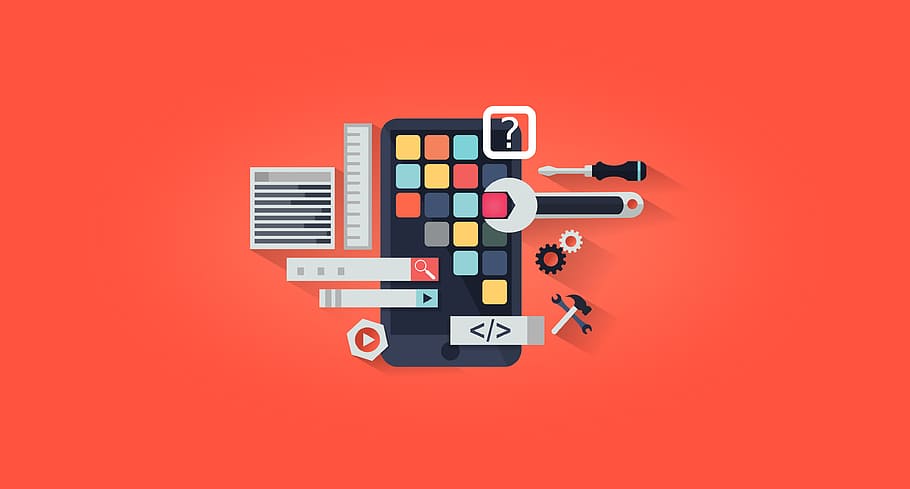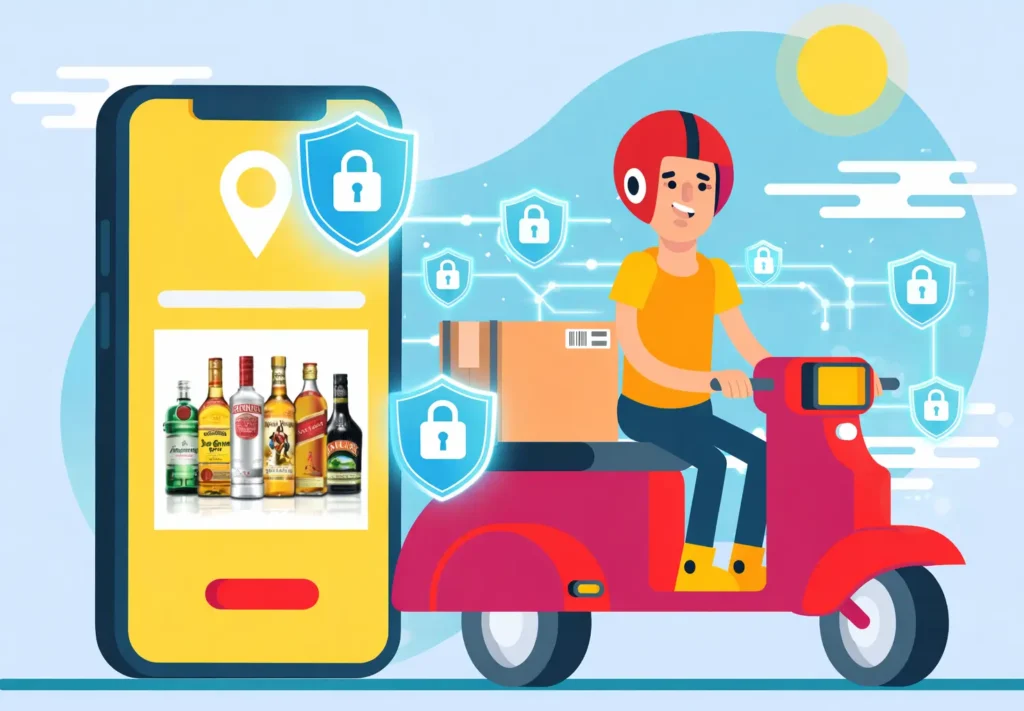Introduction: What is Mobile App Development?
Have you ever thought about how you can create mobile app in today’s world? If yes, then in this blog we will walk you through how to create android app or iOS app development. Developing the mobile app from scratch might look a difficult task but with the correct app development software it becomes very easy.
Think about bringing your idea to life by taking the help of top mobile app development company or by using the best app building software available in the market.
In this blog we will take you through 10 step process of how to create the app from scratch and what you have to do after you’ve launched your app.

Table of Contents
Ready to start your mobile app journey?
See how we bring ideas to life with a standout app.
10-step Process to start Mobile App Development for Android, and iOS
Let’s explore 10 easy steps that you have to go through when developing a custom mobile app from scratch.
Step 1: Brainstorm Your App Idea
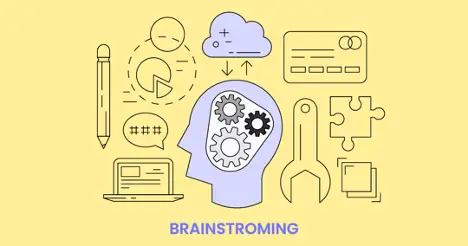
Brainstorming your app idea is the first custom mobile app development process, a crucial phase in the process of creating software. Start by identifying a problem that your mobile application development can solve. Consider what types of apps are already available in app marketplaces like the Apple App Store and Google Play Store.
Decide if you want to create native apps, hybrid apps, or progressive web apps (PWAs) for mobile devices. Think about whether to use low-code platforms like Zoho Creator, which streamline development and reduce development cost, or to develop mobile applications using traditional methods with programming languages like Kotlin for Android or Objective-C for iOS.
Native mobile apps offer the best performance but consider the time and cost involved. If you opt for cross-platform apps, tools like Xamarin and Apache Cordova can help.
Sketch wireframes to visualize your app design and determine the core development features. Research various development platforms and tools such as Android Studio and Xcode. Evaluate the intricacy and customization needed, and whether you need an integrated development environment (IDE) and development tools.
Keep in mind the importance of mobile app design and development for a seamless app-like experience across different mobile operating systems and mobile browsers. Finally, factor in backend development, APIs, maintenance and updates, and post-launch QA to ensure a full-fledged, high-quality app ready for deployment on platforms and devices.
Step 2: Conduct Market Research

Conducting market research for mobile app development is crucial for the success of your app project. Whether you are focusing on ios apps or android apps, understanding the market is key. Market research helps you identify the demand for ios and android apps and understand how apps are developed.
This rigorous process involves analyzing trends in android app development and ios app development, examining how individual apps perform, and recognizing the time and resources required. Consider using programming languages like HTML and CSS to develop the front-end, while the back-end can be managed on an open-source platform that allows developers to create efficient solutions.
App development agencies can offer insights into this complex process, including how to deploy and update apps based on user feedback. Remember, development is the process that requires a thorough understanding of how to enable users to interact with offline and online features on their smartphones. This ensures your app is not only functional but also competitive in the market.
Step 3: Define Your App’s Features
Before you’re starting with creating mobile app, you need to define important features and functionalities that your app will include. Make a list of features that you want to include and then start working accordingly. Let’s talk about few common app features that you should include while doing mobile app development:
1. User Registration and Login: Allow users to sign up and login with their emails/mobile numbers or even social media accounts.
2. Push Notifications: There should be a feature where you send reminder or a notification to users even when they are not using the app.
3. Search Function: If users are searching for something then help them finding it quickly and easily.
4. User Profiles: Users should be able to edit and create their profile whenever they want.
5. Social Sharing: Allow all the users to share content on their social media from your app.
6. In-App Purchases: You should also allow users to make in-app purchases, like buying a subscription plan or enabling more features by paying etc.
7. GPS and Location Services: You should also include GPS system and services on the basis of location like directions, maps and places nearby.
8. Offline Mode: Allow users to use some of the features when they are offline or not connected to the internet.
9. Customization: You should also include feature where users can personalize app according to their needs and preferences. They should be able to change the layout and theme for themselves.
10. Feedback and Support: Include a feature from where users can five their reviews related to your app and also can get help if they face any issue.
11. Analytics: Check how the user is behaving so that you can make any changes in your app on the basis of their requirements and reviews.
12. Security Features: Ensure your app is secure with features like encryption, two-factor authentication, and regular updates.
https://www.youtube.com/watch?v=6A_AfKeqHy8
Step 4: Create a Wireframe and Mockups
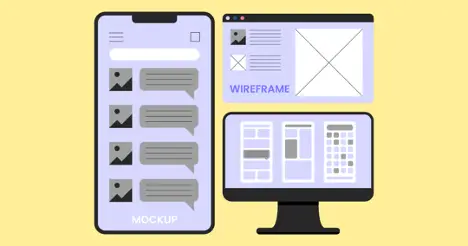
Before we decide to get into complex coding it is very important to think about your mobile app and what you want it look like. Wireframe is kind of a rough sketch about your app which gives you a brief about the basic structure of your app.
It is like a blueprint for your app where you’ll be able to see, where the menus and buttons will be and how users will be able to navigate through the app.
Where as Mockups takes it to a different level by adding visuals like fonts, colors and icons. This helps you in getting the clear idea about app’s interface and experience of the user.
This is the start as you can create different wireframe and mockups and you can also experiment with different user interface and UI/ UX designs. And by experimenting you can finalize the best one for you. Mobile app development can be considered after this step in actualisation phase.
Step 5: Choose Your Mobile App Development Method

If you want to take your mobile app to the next level then you’ll have to choose the correct development method. Let’s talk about 2 development methods:
Sure, here’s a table comparing native development and cross-platform development with four key differences:
Native development: When we talk about native app development it includes developing 2 different apps, one for android and other is for iOS. This helps in performing the app better on all the devices.
Native app development is good for the apps that are complex and that require personalized user experience. Because of all this it’s more expensive and time consuming. This is classic approach towards mobile app development.
Cross-platform development: When it comes to cross platform development it only require one codebase that can help in creating apps for both the platform like android and iOS. This development is faster and also very cost effective in comparison with native development.
This is good for the apps that are simpler and that requires same interface for all the platforms. But the performance might be slow in comparison to native app development.
No matter which mobile app development method you choose, some essential features should be present in most mobile apps. These include:
Step 6: Start the Mobile App Development Process
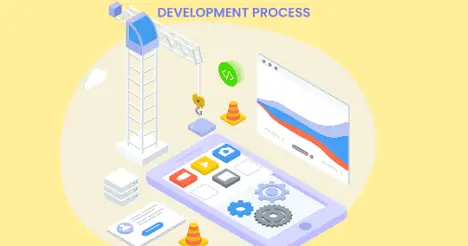
So, after figuring out all the features for the app, and brainstorming the idea, now you’re ready to start with your mobile app development process.
If you’re coding then you can start the development process with programming. Or if you want to hire a developer to build an app for you then you can go for that as well.
Coding plays very important role when you are creating an app for you. Coding helps app developers to convert their ideas into reality by making a functional software. Coding can help you with making user friendly platform and in making app to look good.
But if you are developing the no coding app than you can start developing the app by drag-and-drop tools. No matter, what method you choose make the app engaging and user friendly for the users.
Step 7: Test Your App Thoroughly
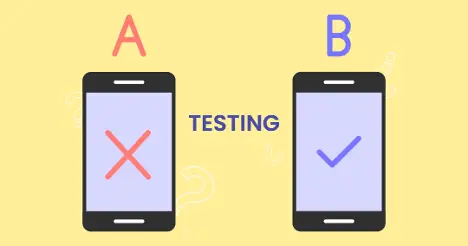
After you are done with all the process for developing the app, so now it’s time to test your app then deploy it.
If you want your app to be a polished masterpiece then testing the app is very important because it helps you know all the bugs that are their in your app. After testing you can find flaws in your app and correct it before the deployment process.
You should test your app for all the platforms, devices and networks. With this you will be able to find area for improvement and provide your users with seamless experience.
Let’s check out what all you have to test in your app:
- Functional Testing: First thing, check if all the features of your app is working properly.
- Usability Testing: See, if your app is easy to use and navigate for first time users.
- Performance Testing: Check the speed and performance of your app on all the devices and platforms.
- Compatibility Testing: See, if your app works smoothly on all the devices and screen sizes like, laptops, tablets and mobile phones.
Step 8: Gather Feedback and Iterate
After you are done testing you app you can beta launch your app. Here a small group of users will get access to use your app and they will be able to share their experience related to the features and user experience of the app.
You have to listen them carefully and take their review seriously. Use their feedback and make all the necessary changes in your app. This will help you to meet users expectations and provide users with better app experience.
This will make your app much better. But it’s a continuous process, as after you have made the changes you can ask updates from few users and see if your app is now ready to get deployed successfully in the market.
You have to be responsive and be regular with updating your app as it develops trust with users. At the end what’s more important is for you to develop the app that’s easy to use and provides great experience to the users.
Step 9: Prepare for Launch
This is the very important stage as now you’ll get to know if users will like your app or not. But before launching the app you’ll have to think about your goals for example, do you want to host a event to launch your app, or do you want any media coverage and set objectives related to that.
Before launching the app make everything is ready. Create a video for a app from where users will get to know how to use the app and what are it’s features. Focus on your main product or service, highlight about it in your launch.
Create a buzz around your app launch, make a marketing plan, make people interested in your app, and add option for pre registration in your app. Then optimize your app app store listing with related keywords for better visibility of your app.
Step 10: Launch Your App
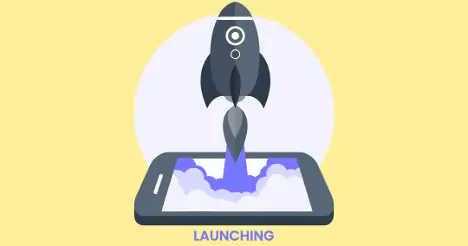
After you’re done with all the pre deployment process, now it’s time to launch your app in the market. You will have follow their guidelines and submit your app in app store and google play.
After submitting the app prepare yourself for the review process. Once your app gets the approval from both the platforms you app will be live and will be available to download.
But now you might be thinking of what to do after launching your app. But, don’t worry we have got you covered. So, lets talk about post app development process.
Post-Development Action Plan: Taking Your App to the Next Level
After mobile app development, It is a very big thing to launch your own app in the market. But after launching your app you have to focus on few important points:
1. Marketing Your App
If you want your app to get noticed by users then you’ll have to promote your app. For promoting your app you can consider these strategies:
- Social Media Marketing: Social media is the best platform when it comes to marketing. You can use facebook, linkedin, instagram and twitter to promote your app. Add valuable and important content, rub paid adds and engage with your users. Talk about your app, and its unique features this will attract users.
- Content Marketing: If want to attract users organically then you can write blogs, share videos of your app and provide important information related to your niche.
- Influencer Partnerships: You can also collaborate with influencers in your niche if you want to target more users.
- Press Releases: Send out press releases to tech blogs and news websites to announce your app’s launch.
2. Regular Updates and Improvements
You’ll have to update your app regularly and also send users regular updates so that they get relevant recommendations. For sending regular updates focus on things like:
- Bug Fixes: To not face any issues focus on fixing bugs if any.
- New Features: Include new features in your app on a regular basis based on experience of the users and mmarket trends.
- UI/UX Improvements: Always work on improving the design of the app. Make it more user-friendly.
3. User Engagement
It is very important to keep users engaged, so you can do few things to keep them engaged during mobile app development process:
- Push Notifications: You can send them timely and relevant notifications to make sure they are aware about any new updates or any new features in the app.
- In-App Messages: You can provide support to users by using in app messaging. This will build trust within users and clear all their doubts if any.
- Loyalty Programs: You can also include reward systems for the users who are constantly using your app, or if any new user is joining to keep them coming back.
4. Monetization Strategies
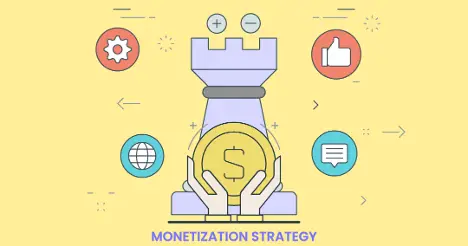
Add the monetization strategies, as this will tell you how you’re actually going to earn from the mobile app development.
- In-App Purchases: You can offer unique features that users have to pay for if they want access to those features. This will help you in earning money.
- Subscription Models: Add various subscription models in your app for some premium features.
- Advertisements: You can also show ads within your app you want to generate more revenue.
- Freemium Model: You can offer premium and basic version of your apps to users. For premium version they’ll have to pay certain amount.
5. Analyzing and Optimizing
Also use different analytics tools to know about users performance and their behavior. This data will help you in knowing what’s working best for you and what’s not working to improvise mobile app development.
- User Acquisition: With this data you can see how many new users are joining or downloading your app.
- User Retention: This will help you in knowing how many previous users are still using the app.
- Engagement: This will help you in knowing how many times a user opens your app and for how long they are using your app.
- Revenue: This will help you in knowing the total number of amount your app is generating.
Final Thoughts: Ready To Go Big?
You have definitely came a long way by pre app development process to actually launching a mobile app. But here are few things that you should keep in mind.
Always consider user feedbacks and reviews as it will help you in improving your app. Stay updated with latest launch and new features so that you can provide great user experience.
If you want to develop more apps or you need any help in developing the mobile app, you can get in touch with app development company Miracuves. We have best app developers who can help you to build mobile apps.
We use latest tools and technologies to create a custom mobile application for you. This will definitely help in saving you a lot of time and will help you in launching your app faster.
So, are you ready to go big and turn your app idea into reality? Contact Miracuves Solutions today and embark on this exciting journey!



